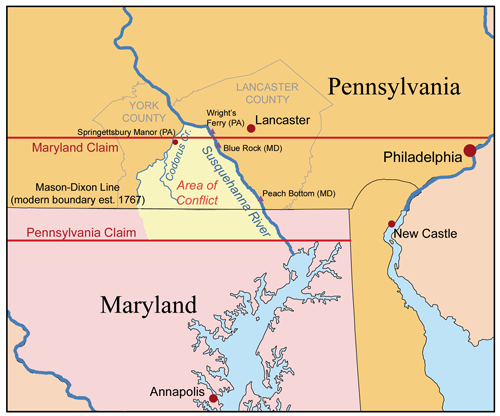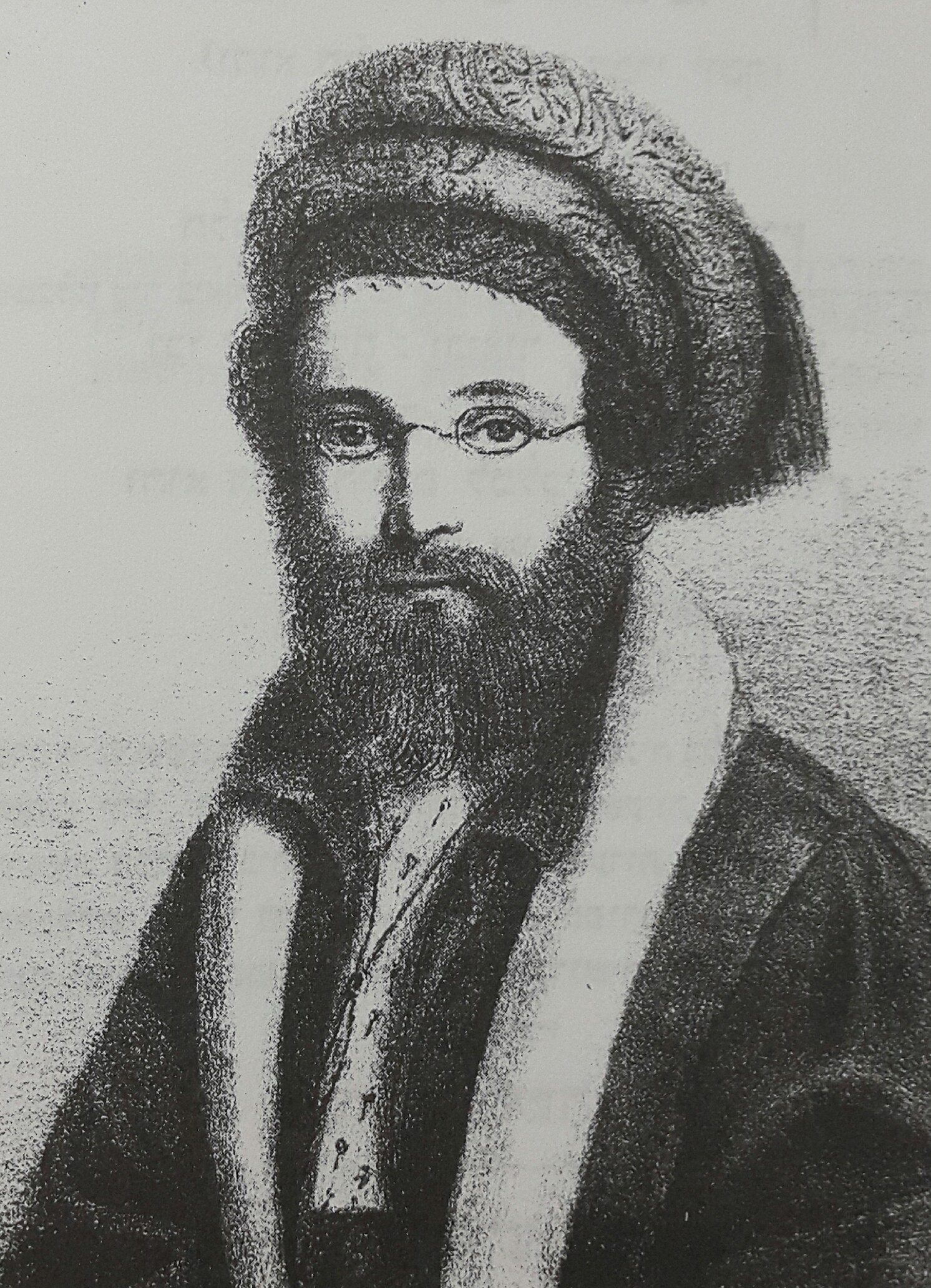|
Jacob Alyashar
Jacob Alyashar () was an 18th-century Talmudist and emissary ('' meshullaḥ''). He was a friend and travelling companion of Chaim Yosef David Azulai who mentions him in his works. Biography Alyashar was born at Hebron in 1730. He was educated in Torah at the yeshivas of Hebron and at a young age he was counted among the heads of the community. In 1773, the congregation at Hebron sent him abroad as their emissary. Afterwards he was sent by the congregation of Jerusalem as an emissary to Kurdistan. While he was in Basra (Iraq), the Shah of Persia announced a war on the city and all the Jews were in great danger. However, in the end, the war was not carried out. He celebrated this deliverance in Hebrew verses called "''Megillat Paras''" (The Scroll of Persia). In Basra he received the report of the death of his wife and it was there that he married his second wife and where their son, Eliezer Jeruḥam, was born. After he returned from Basra, he settled in Safed where in 1783 he s ... [...More Info...] [...Related Items...] OR: [Wikipedia] [Google] [Baidu] |
Talmudist
The Talmud (; ) is the central text of Rabbinic Judaism and the primary source of Jewish religious law (''halakha'') and Jewish theology. Until the advent of Haskalah#Effects, modernity, in nearly all Jewish communities, the Talmud was the centerpiece of Jewish culture, Jewish cultural life and was foundational to "all Jewish thought and aspirations", serving also as "the guide for the daily life" of Jews. The Talmud includes the teachings and opinions of thousands of rabbis on a variety of subjects, including halakha, Jewish ethics, Jewish philosophy, philosophy, Jewish customs, customs, Jewish history, history, and Jewish folklore, folklore, and many other topics. The Talmud is a commentary on the Mishnah. This text is made up of 63 Masekhet, tractates, each covering one subject area. The language of the Talmud is Jewish Babylonian Aramaic. Talmudic tradition emerged and was compiled between the destruction of the Second Temple in 70 CE and the Arab conquest in the early seve ... [...More Info...] [...Related Items...] OR: [Wikipedia] [Google] [Baidu] |
Judah David Eisenstein
Julius (Judah David) Eisenstein (November 12, 1854 – May 17, 1956) () was a Polish-Jewish-American anthologist, diarist, encyclopedist, Hebraist, historian, philanthropist, and Orthodox polemicist born in Międzyrzec Podlaski (known in Yiddish as ''Mezritch d'Lita''), a town with a large Jewish majority in what was then Congress Poland. He died in New York City at the age of 101. Lineage, education and early years Yehuda Dovid Eizensztejn, as he was named at birth, was the second of two children born to Rabbi Zeev Wolf and Toba Bluma (née Barg). His sister, Henna, was a year and a half older. When he was ten years old, his father became the first Jew from Mezritch to emigrate to the United States. As a child, therefore, his education in Talmud was left to his paternal grandfather, Azriel Zelig, the son of Noson Neta Eizensztejn, a Talmudic scholar and dyer of indigo originally from the village of Stawiska (in Yiddish, Stavisk). His antecedents had moved there from Königsbe ... [...More Info...] [...Related Items...] OR: [Wikipedia] [Google] [Baidu] |
Rabbis In Safed
A rabbi (; ) is a spiritual leader or religious teacher in Judaism. One becomes a rabbi by being ordained by another rabbi—known as ''semikha''—following a course of study of Jewish history and texts such as the Talmud. The basic form of the rabbi developed in the Pharisees, Pharisaic (167 BCE–73 CE) and Talmudic (70–640 CE) eras, when learned teachers assembled to codify Judaism's written and oral laws. The title "rabbi" was first used in the first century CE. In more recent centuries, the duties of a rabbi became increasingly influenced by the duties of the Clergy, Protestant Christian minister, hence the title "pulpit rabbis." Further, in 19th-century Germany and the United States, rabbinic activities such as sermons, pastoral counseling, and representing the community to the outside all increased in importance. Within the various Jewish denominations, there are different requirements for rabbinic ordination and differences in opinion regarding who is recognized as a ... [...More Info...] [...Related Items...] OR: [Wikipedia] [Google] [Baidu] |
18th-century Rabbis From The Ottoman Empire
The 18th century lasted from 1 January 1701 (represented by the Roman numerals MDCCI) to 31 December 1800 (MDCCC). During the 18th century, elements of Enlightenment thinking culminated in the Atlantic Revolutions. Revolutions began to challenge the legitimacy of monarchical and aristocratic power structures. The Industrial Revolution began mid-century, leading to radical changes in human society and the environment. The European colonization of the Americas and other parts of the world intensified and associated mass migrations of people grew in size as part of the Age of Sail. During the century, slave trading expanded across the shores of the Atlantic Ocean, while declining in Russia and China. Western historians have occasionally defined the 18th century otherwise for the purposes of their work. For example, the "short" 18th century may be defined as 1715–1789, denoting the period of time between the death of Louis XIV of France and the start of the French Revolution ... [...More Info...] [...Related Items...] OR: [Wikipedia] [Google] [Baidu] |
1730 Births
Events January–March * January 30 (January 19 O.S.) – At dawn, Emperor Peter II of Russia dies of smallpox, aged 14 in Moscow, on the eve of his projected marriage. * February 26 (February 15 O.S.) – Anna of Russia (Anna Ioannovna) becomes reigning Empress of Russia following the death of her cousin Emperor Peter II. * February 28 – Vitus Bering returns to the Russian capital of Saint Petersburg after completing the First Kamchatka expedition. * March 5 – The 1730 papal conclave to elect a new Pope for the Roman Catholic church begins with 30 Cardinals, 12 days after the death of Pope Benedict XIII. By the time his successor is elected on July 12, there are 56 Cardinals. * March 9 – General Nader Khan of Persia opens the first campaign of the Ottoman–Persian War (1730–1735), guiding the Persian Army from Shiraz and starting the Western Persia Campaign against the Ottoman Empire. * March 12 – John Glas is deposed from ... [...More Info...] [...Related Items...] OR: [Wikipedia] [Google] [Baidu] |
Nisan
Nisan (or Nissan; from ) in the Babylonian and Hebrew calendars is the month of the barley ripening and first month of spring. The name of the month is an Akkadian language borrowing, although it ultimately originates in Sumerian ''nisag'' "first fruits". In the Hebrew calendar it is the first month of the ecclesiastical year, called the "first of the months of the year" ( Exodus 12:1-2), "first month" (Ex 12:14), and the month of '' Aviv'' (Ex 13:4) ''ḥōḏeš hāʾāḇîḇ''). It is called Nissān in the Book of Esther. It is a month of 30 days. In the year 2025, 1 Nisan will occur on 30 March. Counting from 1 Tishrei, the civil new year, it would be the seventh month (eighth, in leap year), but in contemporary Jewish culture, both months are viewed as the first and seventh simultaneously, and are referred to as one or the other depending on the specific religious aspects being discussed. Name and origin The biblical Hebrew months were given enumerations instea ... [...More Info...] [...Related Items...] OR: [Wikipedia] [Google] [Baidu] |
Jacob Saul Alyashar
Yaakov Shaul Elyashar (; 1 June 1817 – 21 July 1906), also known as Yisa Berakhah, was a 19th-century Sephardi rabbi in Ottoman Syria. He became Sephardi Chief Rabbi of Palestine in 1893. Biography and rabbinic career Yaakov Shaul Elyashar was born in Safed to a prominent Sephardi rabbinical family that had resided in the Land of Israel for centuries. His father, Rabbi Eliezer Yeruham Elyashar (son of Rabbi Jacob Alyashar), was a shochet. In 1824, when Elyashar was 7, his father died. The family was thrown into poverty, and his mother sold her home and belongings and supported her only son by working as a seamstress. They moved to Jerusalem; in 1828, she married Rabbi , who adopted Elyashar and became his teacher and mentor. By the time of his bar mitzvah, he was already considered a Torah prodigy. In 1832, at age 15, Elyashar married an orphaned girl. They had four children—three of whom were born while they were still living in his stepfather's home. In 1853, he was appoin ... [...More Info...] [...Related Items...] OR: [Wikipedia] [Google] [Baidu] |
Safed
Safed (), also known as Tzfat (), is a city in the Northern District (Israel), Northern District of Israel. Located at an elevation of up to , Safed is the highest city in the Galilee and in Israel. Safed has been identified with (), a fortified town in the Upper Galilee mentioned in the writings of the Roman Jewish historian Josephus. The Jerusalem Talmud mentions Safed as one of five elevated spots where fires were lit to announce the Rosh Chodesh, New Moon and festivals during the Second Temple period. Safed attained local prominence under the Crusaders, who built a large fortress there in 1168. It was conquered by Saladin 20 years later, and demolished by his grandnephew al-Mu'azzam Isa in 1219. After reverting to the Crusaders in a treaty in 1240, a larger fortress was erected, which was expanded and reinforced in 1268 by the Mamluk Sultanate (Cairo), Mamluk sultan Baybars, who developed Safed into a major town and the capital of a new province spanning the Galilee. After ... [...More Info...] [...Related Items...] OR: [Wikipedia] [Google] [Baidu] |
Meshullaḥ
A ''meshulach'' (; plural: ''meshulachim''), also known as a ''shaliach'' () or SHaDaR (, acronym for ), was an emissary sent to the Diaspora to raise funds ('' ḥalukka'') for the existence of the Jewish settlement in the Land of Israel. The institution of the Emissaries of the Land of Israel, which began in ancient times, developed and contributed greatly to the connection between Diaspora Judaism and the Jews in the Land of Israel, and to the cultural life of the Jewish communities. Role of the ''meshulach'' Often an individual ''meshulach'' may operate as an independent contractor for several different organizations, taking a portion of the proceeds as profit. Notable ''meshulachim'' * 1441. Esrim ve-Arba‘ah: Europe * 1587. Joseph ben Moses Miṭrani the Elder (or di Ṭrani, 1569–1639): Egypt * 1598–1599. Joseph ben Moses Miṭrani the Elder (or di Ṭrani, 1569–1639): Istanbul (first mission) * 1600. Judah de Leon: Italy * 1600s–1606. Joseph ben Moses Miṭ ... [...More Info...] [...Related Items...] OR: [Wikipedia] [Google] [Baidu] |



